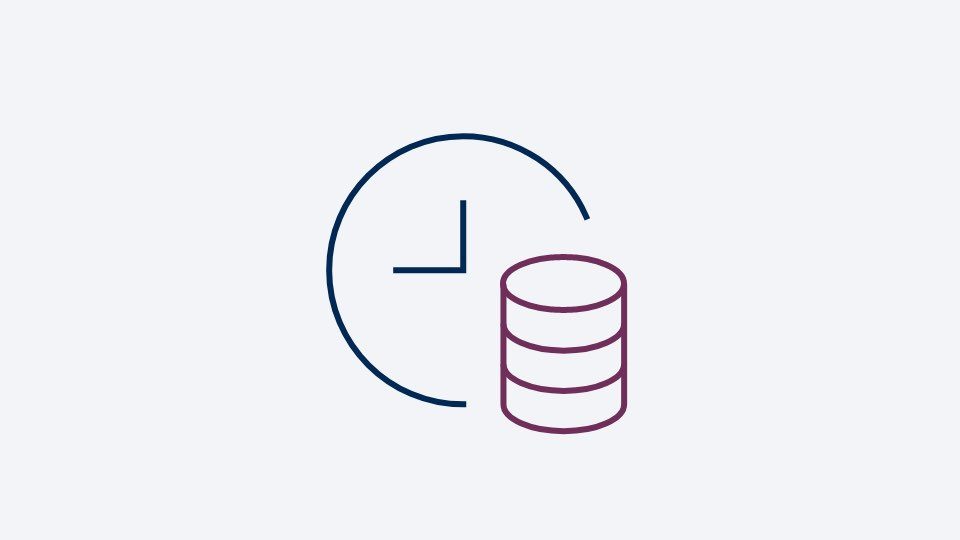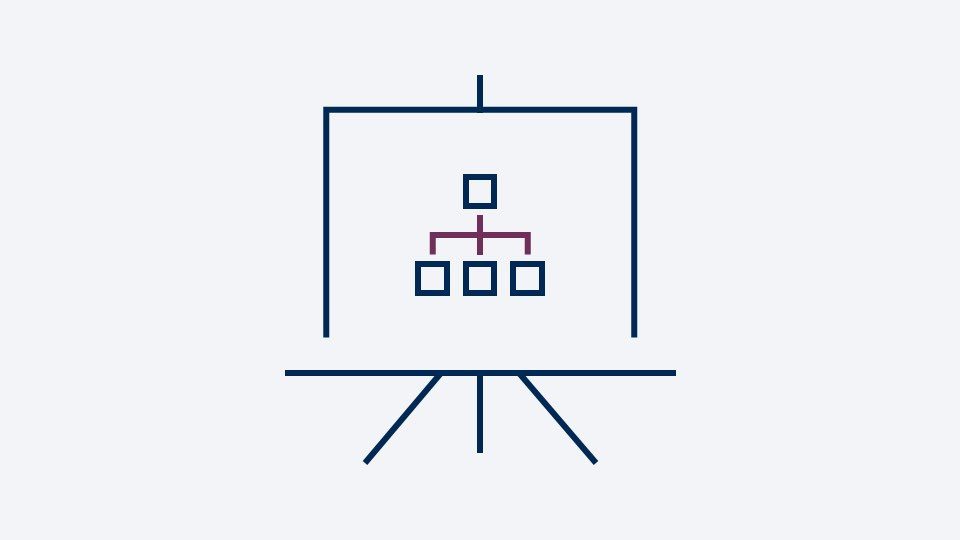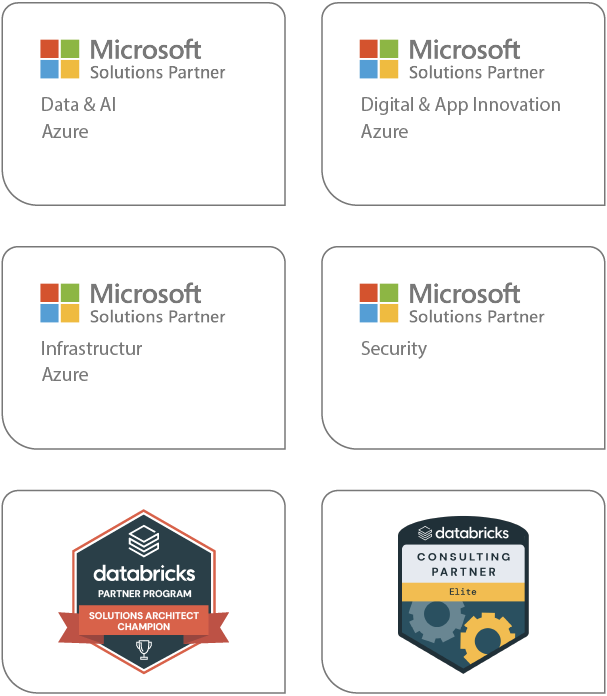At a glance
- Publisher uses data-based clusters to address customers
- Advertising and offers are based on individual buying and contact behaviour
- Solution boosts sales and subscription growth
The business situation of our client
From your own experience as a customer, you certainly know this: you constantly receive advertising that does not interest you. Most of the time it’s about the wrong products. Sometimes it is simply the wrong time. In any case, your current needs are not reflected in it. But from the advertiser’s point of view, you also know where the problem lies. Nowadays, customer wishes are very diverse and dynamic, making it difficult to address them individually with familiar methods. Classic segmentation according to socio-demographic criteria or sinus milieus simply no longer work.
So how do you define the right measures? What is the right approach? Answers to these questions are provided by your data on the purchasing and contact activities of your customers. On this basis, we have developed real personality profiles for a publishing house, which enable precisely fitting advertising messages. The initial questions were:
- What do my target groups or typical personas actually look like?
- What do these personas really want? What are their preferences and wishes?
- How can I better understand my target groups?
The solution for our client
In principle, the personality profiles enable a 360° view of the respective customer. In concrete terms:
- The real purchase and contact behaviour becomes transparent
- Influencing factors for purchase decisions can be identified
- Customer flows between different groups and products become visible
- New groups with new preferences can be formed
To achieve this objective, we proceeded with our client’s data in the following way:
- Data review: We conducted an audit with available data and assessed its quality. For this purpose, we defined the effort required for any data procurement.
- Data preparation: We harmonised and weighted the data. Absolute key figures were translated into trend key figures.
- Data supplementation: We examined the potential of external data enrichment and filled data gaps.
- Grouping: We described individual clusters and defined their significant depth.
- Model use: We derived customer/product paths within the clusters and developed next-best-offer forecasts and goodness-of-fit tests of overall forecasts.
How data turns into new values
The different behaviors of the groups enable individual advertising messages that are directly oriented to the customers preferences. Our publishing client benefits from a significant gain in confidence and image as well as noticeably higher sales. At the same time, wastage is avoided: Advertising expenses decrease, while the success of the measures increases.
Qualitative benefits at a glance:
- Customers are addressed at the right time with the right message via the right channel.
- Offers can be customised – from product development and sales to operations and after-sales
- Changes in customers/products are continuously incorporated into the clustering process.
- Customer flows between clusters can be controlled
- Transparent demand clusters are the basis of customer dialogue – the customer feels “picked up” at any time
- The clusters support data-based campaign management with a high success rate or conversion rate.
Quantitative benefits at a glance:
- Less wastage in marketing measures
- Lower “cost per order
- Significant increase in success with multi-stage campaigns: with four stages with a sales funnel of 25% on average, an increase of 5% each leads to a doubling of the result
- Increase in subscription retention
For our publishing client this means in concrete terms
- 8-fold higher response rate
- 4-fold higher conversion on action chains
- 30% increase in turnover
- Subscription growth of 24
turn your data into value.








